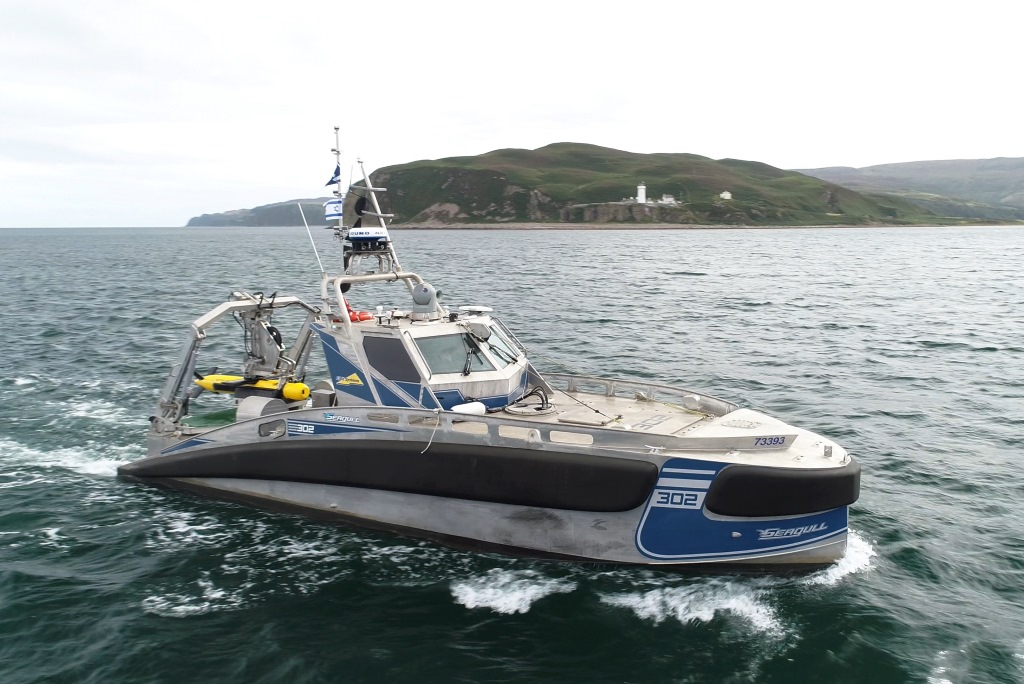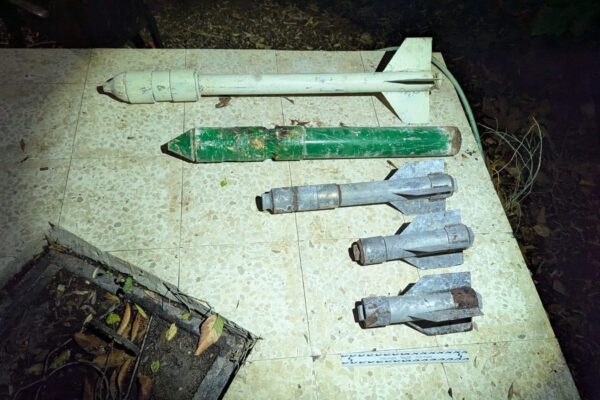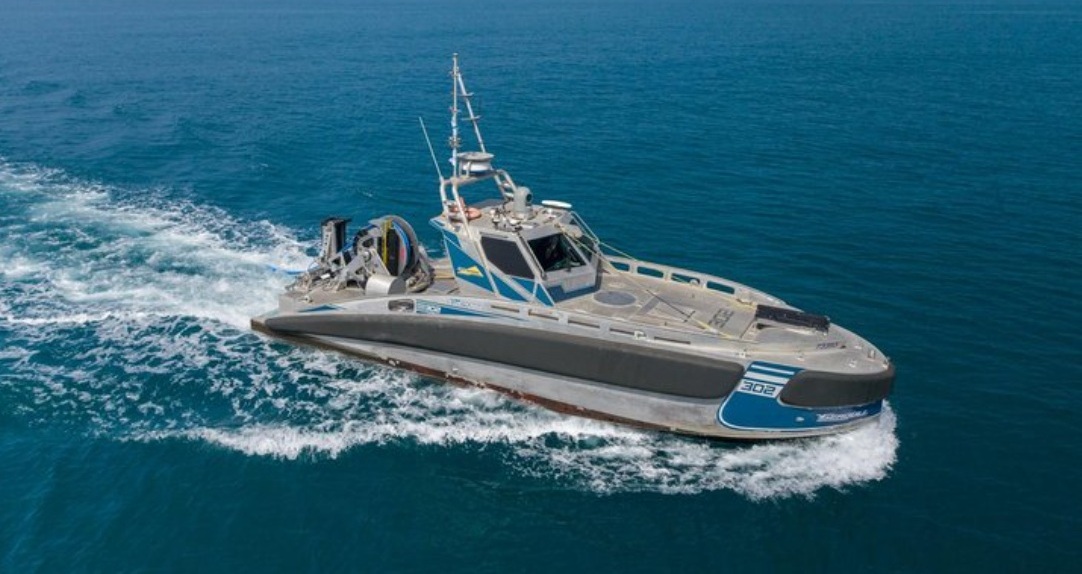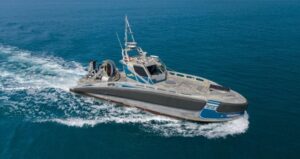They’re particularly effective in identifying suspicious movements, tracking vessels, and securing maritime borders against infiltration.
By Hezy Laing
The Israeli Navy has begun deploying unmanned surface vessels (USVs) for sea patrol and harbor defense, marking a major shift in Israel’s maritime strategy.
In mid 2025, the IDF officially announced the deployment of unmanned naval vessels — also referred to as “drone boats” — in Israel’s exclusive economic zone.
These autonomous systems are designed to patrol open waters continuously, monitor vessel activity, and collect real-time intelligence.
According to the IDF, the data gathered by these vessels is used to construct a broad maritime picture, analyze threats, and deploy forces as needed to protect strategic assets such as ports, offshore infrastructure, and naval bases.
The vessels are part of a broader modernization effort within the Israeli Navy, which has historically focused on coastal defense but is now expanding its reach and capabilities.
The unmanned boats are equipped with advanced sensors and communication systems, allowing them to operate independently or in coordination with manned ships.
They are particularly effective in identifying suspicious movements, tracking vessels, and securing maritime borders against infiltration or sabotage.
This deployment also supports Israel’s strategic shift toward automation and AI-driven defense technologies.
The unmanned vessels are expected to reduce operational risks for personnel, extend surveillance coverage, and enhance responsiveness in high-threat environments.
Their integration into naval operations reflects Israel’s growing emphasis on securing its maritime domain, especially in light of regional tensions and the need to protect critical infrastructure like gas rigs and shipping lanes.
Israel’s two leading unmanned surface vessels are both Israeli made – Elbit Systems’ Seagull and Rafael’s Protector.
These USVs are central to the IDF Navy’s modernization strategy for harbor defense, mine countermeasures, and maritime surveillance.
The Seagull USV, developed by Elbit Systems, is a 12-meter multi-mission vessel designed for anti-submarine warfare (ASW), mine hunting, and electronic warfare.
It can operate autonomously for over 96 hours and is equipped with sonar systems like Kraken’s KATFISH and Elbit’s TRAPS.
The fourth-generation Seagull, unveiled at NAVDEX 2025, features a larger hull and modular payload space for UAVs or additional sensors.
The Protector USV, built by Rafael Advanced Defense Systems, is the world’s first operational combat USV.
Based on a 9–11 meter rigid-hulled inflatable boat, it’s stealthy, fast, and highly maneuverable.
It’s armed with the Mini-Typhoon remote weapon station and can be fitted with Spike-ER missiles for precision strikes.
The Protector has been deployed by the Israeli and Singapore navies for missions ranging from anti-piracy to coastal defense.
Both vessels are remotely operated and can be controlled from shore or manned ships.
They represent Israel’s push toward autonomous maritime systems that reduce risk to personnel while enhancing operational reach and responsiveness.












































